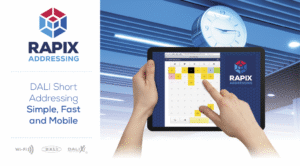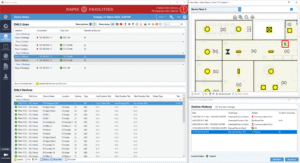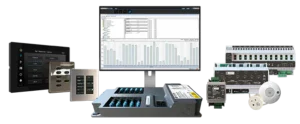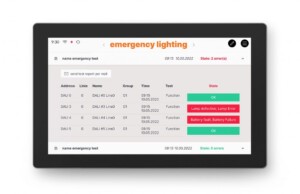
KNX is a globally recognized standard for building automation, facilitating the integration and control of various systems such as lighting, HVAC, and security within a unified platform. In railway stations, KNX technology enhances operational efficiency, energy conservation, and passenger comfort.
KNX technology provides a flexible and scalable solution for railway station building automation. Its advantages span multiple domains, making it highly effective for both small stations and expansive networks.

Energy Efficiency:
Enhanced Passenger Comfort:
Operational Efficiency:
Safety and Security:
Scalability and Interoperability:
Lighting Control:
HVAC Automation:
Public Address and Display Systems:
Integration of Renewable Energy Sources:
NETx Automation’s software solutions are highly suitable for managing the complex automation needs of railway networks with multiple stations. The company’s NETx BMS Platform and NETx Multi-Protocol Server offer robust tools for centralized control and monitoring.
Multi-Protocol Support:
Centralized SCADA Management:
Data Exchange Across Stations:
Alarm Management and Event Logging:
Smart Metering:
Customizable Dashboards:
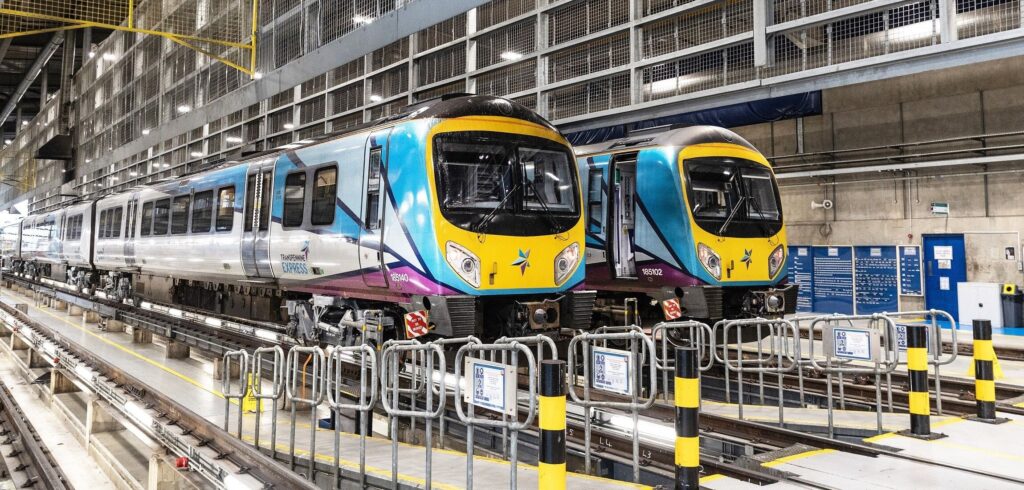
Case Study: Rhaetian Railway (RhB), Switzerland
The Rhaetian Railway (RhB) operates an extensive network in Switzerland’s Graubünden region. At its Landquart infrastructure base, RhB implemented a KNX-based intelligent lighting control system to optimize energy usage while ensuring safety and comfort for its 75 employees. The system utilizes B.E.G. occupancy and motion detectors to manage lighting across various areas, including vehicle halls with ceiling heights up to 7 meters. These detectors adjust lighting based on occupancy and natural light availability, significantly reducing energy consumption. Additionally, in passageways, the system maintains a minimal lighting level during inactivity to enhance safety without unnecessary energy expenditure.
Case Study: Shijiazhuang Metro Lines, China
Although not in Europe, the Shijiazhuang Metro Lines in China provide a notable example of KNX technology in railway stations. ABB’s i-bus® KNX building automation system was implemented across 26 stations and control centers of Metro Line 1 and Line 3 Phase I. This system offers smart control over lighting, temperature, ventilation, and shading, enhancing operational efficiency and reducing costs. Notably, five stations employed the DALI dimming system to control approximately 2,000 LED lights, achieving around a 4% reduction in daily power consumption through intelligent lighting mode timing control.

